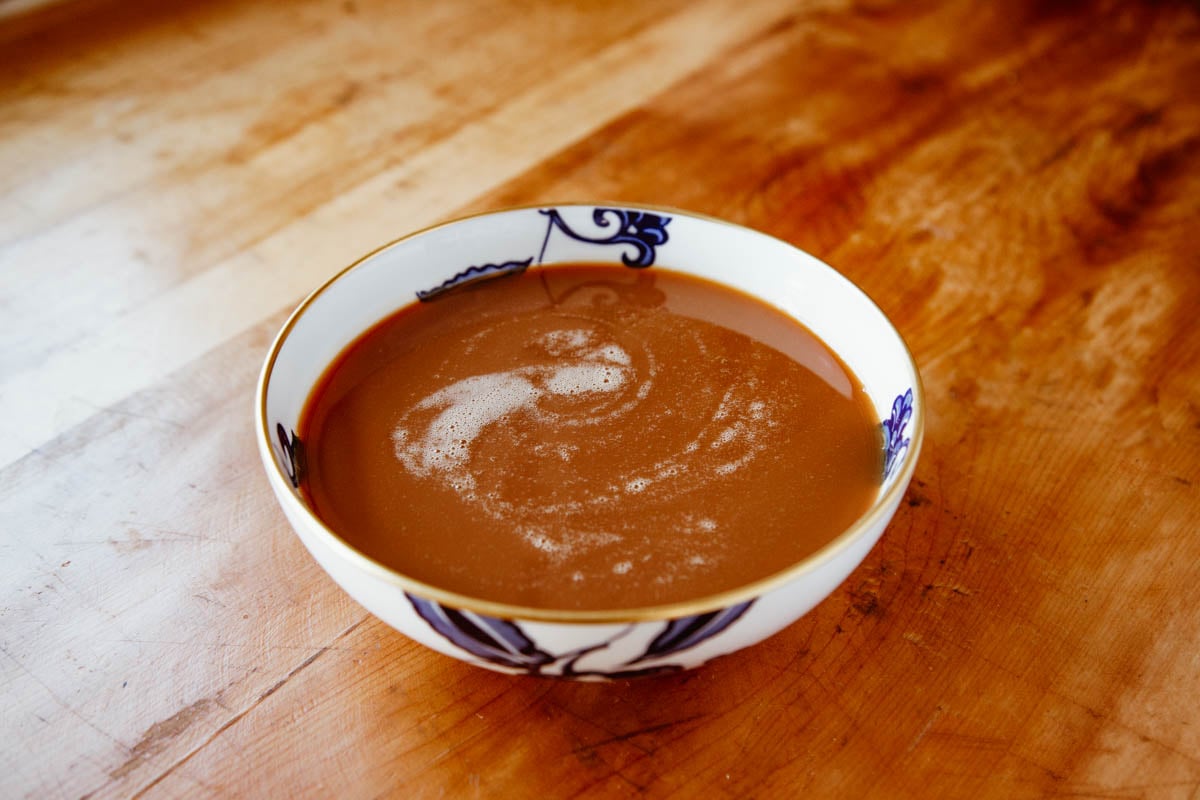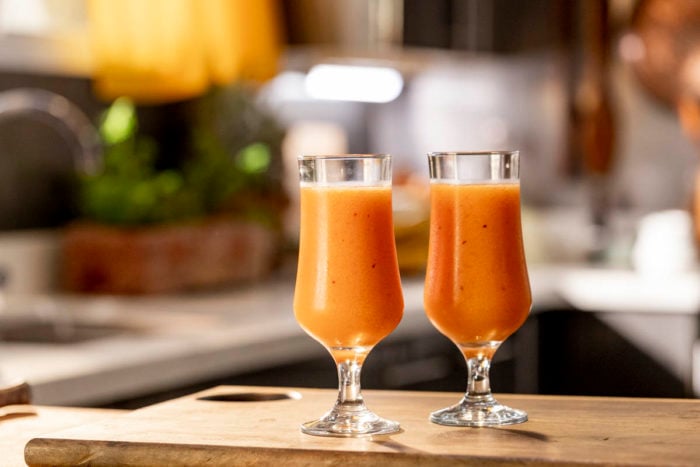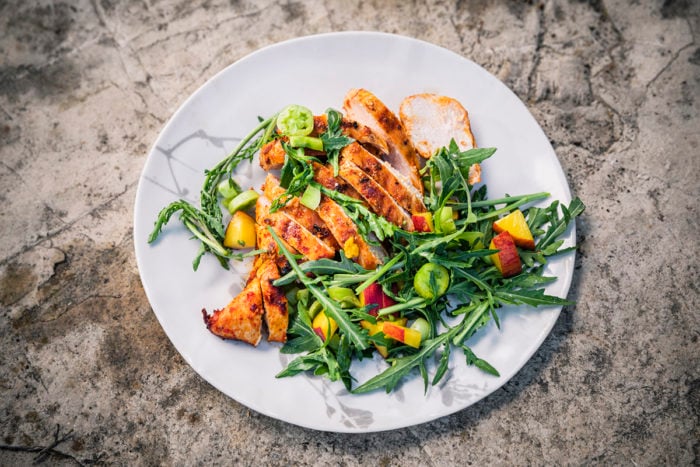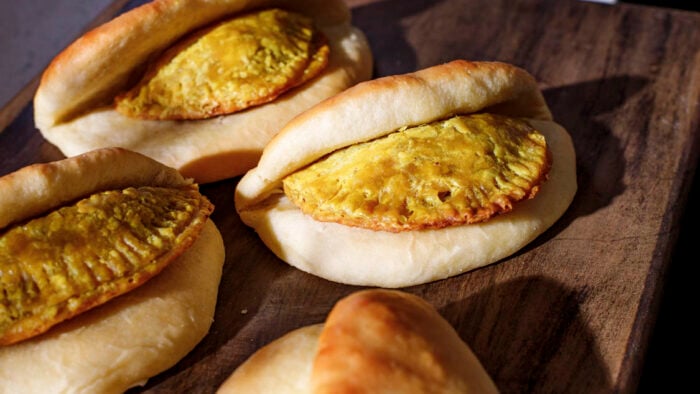
Homemade Dulce de Leche Recipe
Written by the YesChef staff
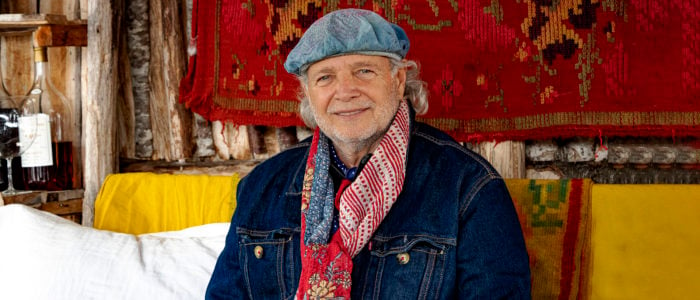
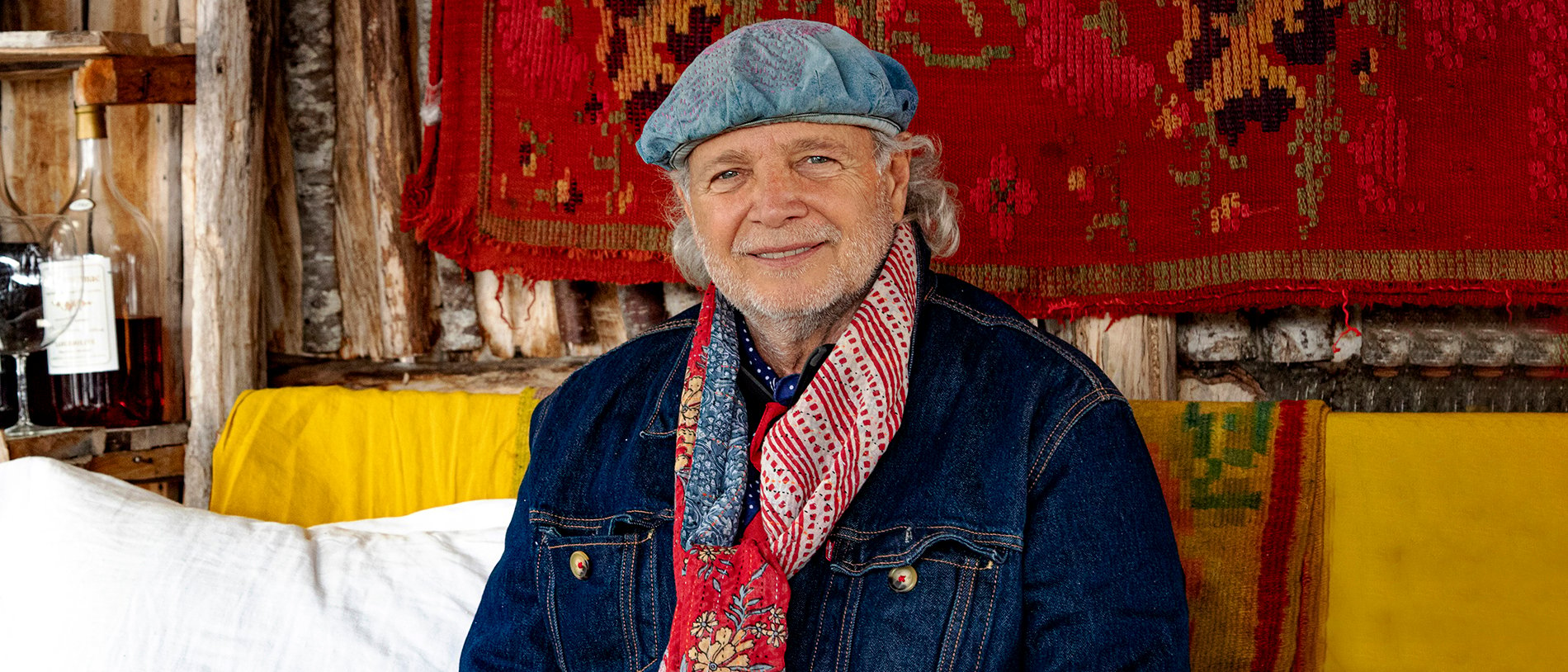
Get Access to an Ever-Growing Library of Classes
Every Subscription includes:
- Unlimited Streaming of all Classes
- Watch on your phone, tablet or laptop
- Story-driven Classes, Practical Lessons
- Recipes with Step-by-Step Guidance
- 30-day Satisfaction Guarantee
- New Lessons added all the time
$9.99/mo
Billed annually

What is Dulce de Leche?
Origins of Dulce de Leche
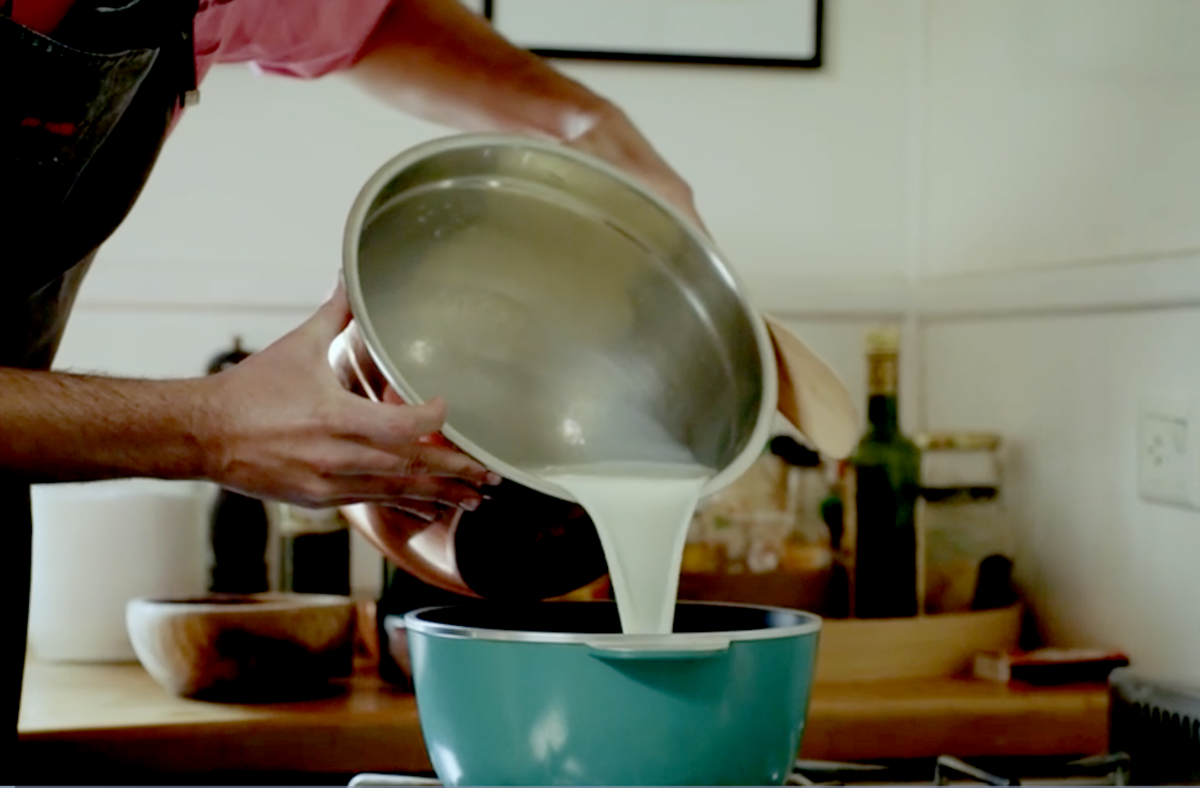
From Condensed Milk to Dulce de Leche
Variations of Dulce de Leche Around the World
Dulce de leche is known by different names, depending on the country and region in which it’s made. These include arequipe in parts of Colombia, Venezuela, and Guatemala; cajeta in Mexico, where goat’s milk is used rather than cow’s milk; fanguito (Cuba) and doce de leite in Brazil. In many other places in Latin America, “dulce de leche” is also often called “manjar” or “manjar blanco.”
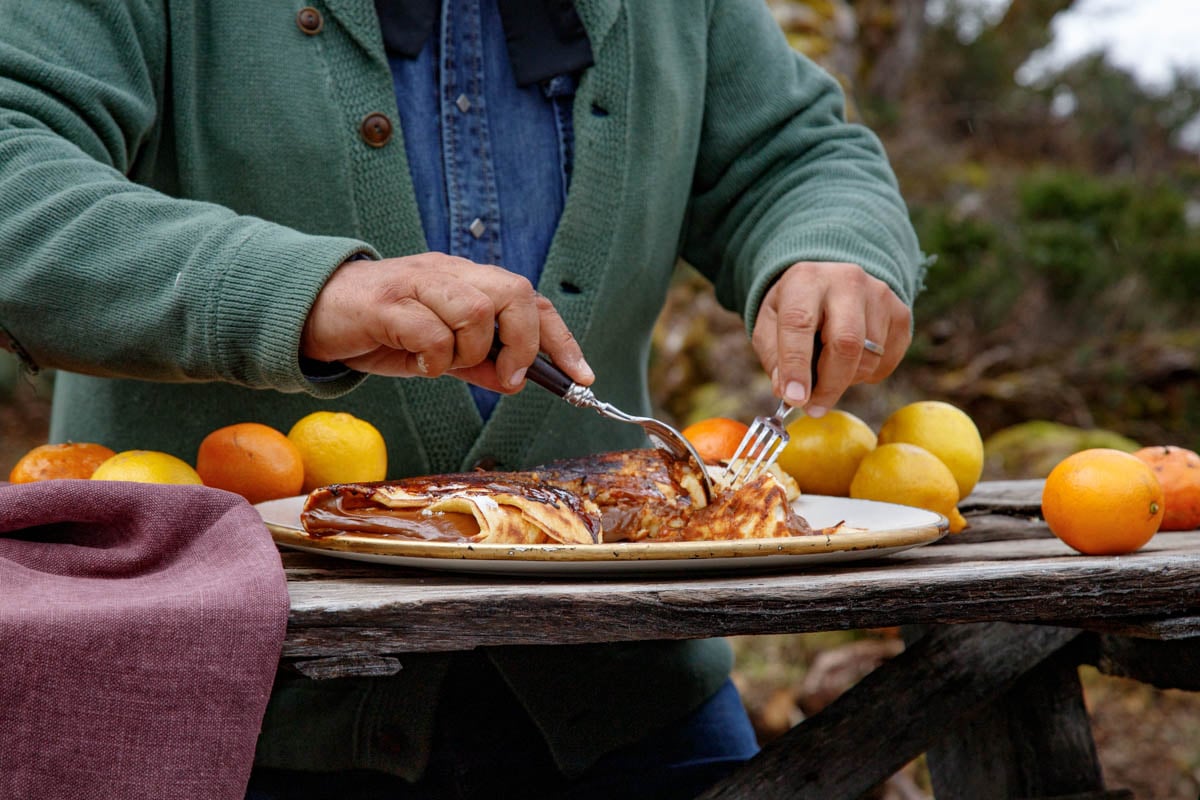
Francis Mallmann and Argentina's Love of Dulce de Leche
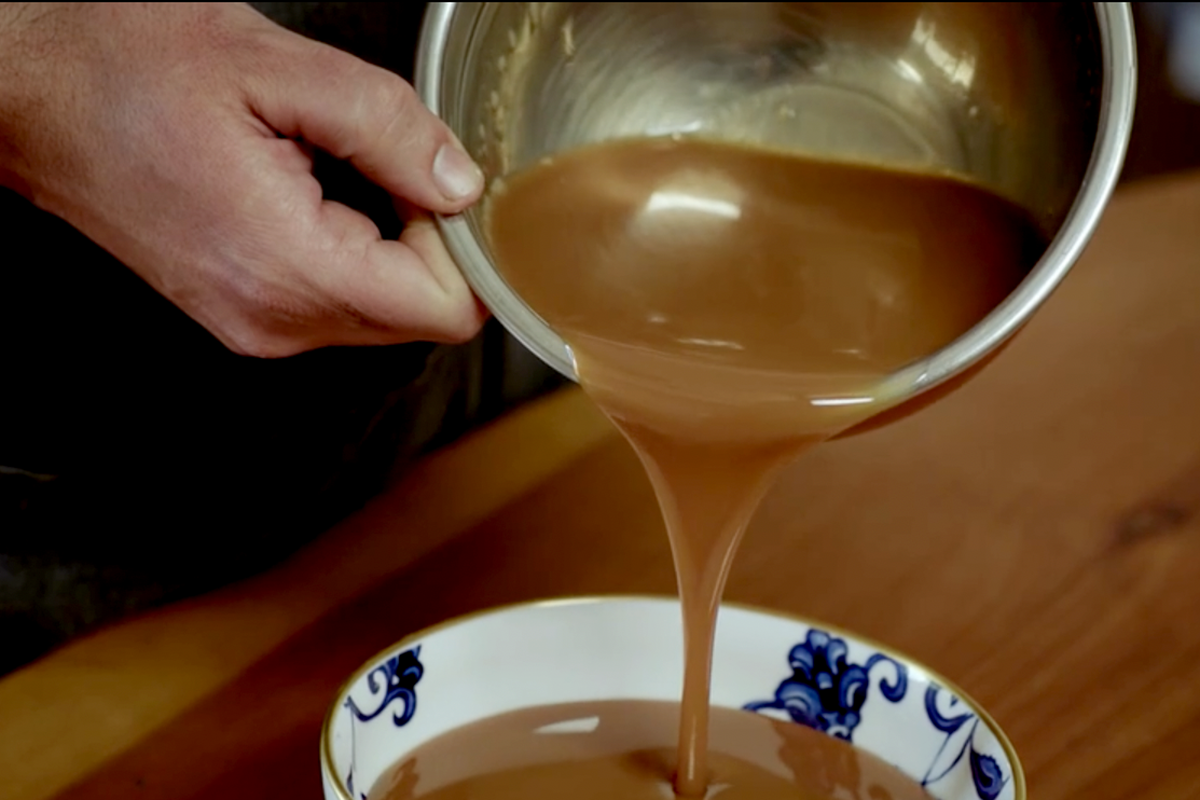
6 Cooking Tips for Making and Serving Dulce de Leche
- Begin the simple process by mixing 5 grams of baking soda (sodium bicarbonate) with 1 kilo of sugar and adding the solution to a bowl containing 2 liters of milk.
- When making dulce de leche, it is important to stir the mixture constantly to prevent it from burning.
- While mixing: Once you no longer hear the sound of the sugar grains, you know that your sugar has dissolved.
- While cooking your dulce de leche in a pot on the stovetop, once the sugar has dissolved, turn your heat to low and cook for about four hours without touching it.
- Important: when cooking, the mixture should never boil; if the heat is too high, the dulce de leche may become too thick and burn.
- Once the dulce de leche is finished, it can be served as is or used as a filling or topping. Francis uses dulce de leche often, both at his restaurants and for events; the homemade version has a soft and sauce-like consistency (unlike store-bought kinds, which are thicker and harder), making it great for all sorts of recipes.
What to Do with Dulce de Leche
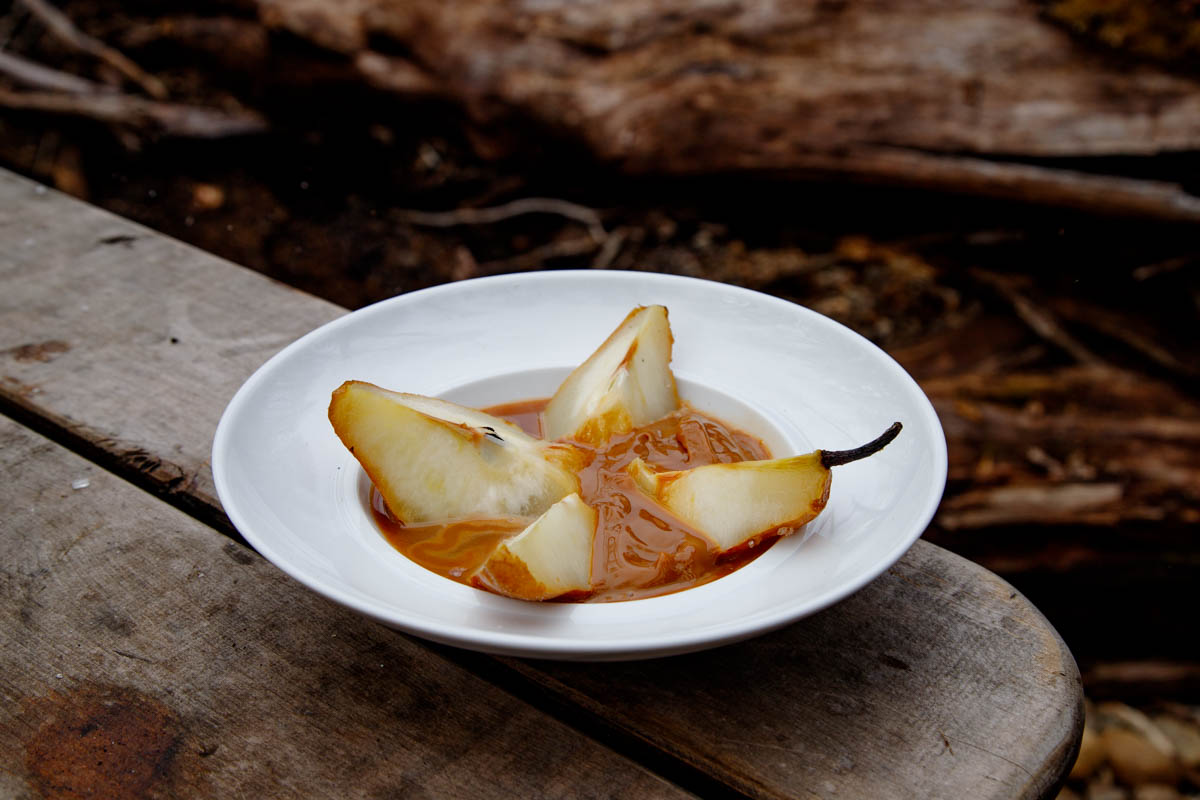
How to Store Dulce de Leche
Homemade dulce de leche can be stored in a sealed container in the refrigerator for up to two weeks. It can also be frozen for up to three months. When freezing, it is best to freeze it in small portions for easy use. To thaw, place the container in the refrigerator overnight.
Conclusion
With its smooth, sweet taste (It literally means “Milk Candy” in Spanish), dulce de leche is among the world’s tastiest and most versatile treats. This creamy, caramel-like sauce can be incorporated into a heavenly dessert, spread onto toast or pastry, and even made into candy. And because its ingredients are simple – only milk, sugar, and baking soda (which gives the recipe its distinctive brown caramelized color) are required – this very special recipe, as chefs like Francis know, deserves a spot in any serious cook’s repertoire.
Homemade Dulce de Leche
Ingredients
- 1 teaspoon baking soda
(5 grams)
- 1 kilogram sugar
(4 cups)
- 2 liters whole milk
(8 cups)
GEAR
- Whisk
- Bowls
- Saucepan
- Wooden spoon
Recipe
- Mix the baking soda and sugar together.
- Put the milk in a bowl.
- Slowly add the sugar to the milk while constantly stirring.
- Once you no longer hear the sugar grains, and the sugar dissolves, move to a pot.
- Place the pot on the stove top.
- Cook over medium-low heat and stir with a wooden spoon.
- Once the sugar dissolves, turn the heat to low and cook for 4 hours without touching it.
- Transfer the dulce de leche to a bowl and skim off any white foam off the top.
- This homemade dulce de leche will have a more liquid consistency.


